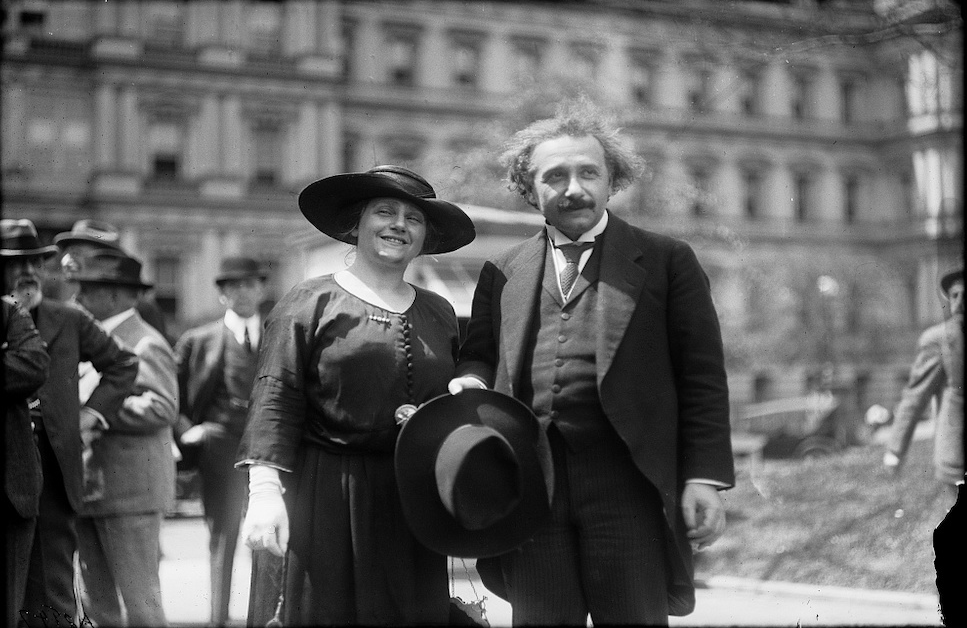
Albert Einstein labored in academic obscurity for 14 years until an eclipse of the moon launched his theories on time and space into orbit.
In May 1919, a pair of English astronomers leveraged a rare solar event to confirm Einstein’s predictions how light and time were influenced by gravity. The result was a plethora of new technologies used in modern life every day.
For instance, GPS technology owes its heritage to Einstein. The ideas used in his work allowed the next generation of engineers to calculate coordinates from satellites to your car’s mapping system.
All of that was just an arcane theory until two of his contemporaries set out to prove Einstein right.
Frank Dyson and Arthur Eddington persuaded the British government to fund the experiments with about $85,000 in today’s currency. They setup telescopes on an island off of west Africa and directly across the Atlantic in the seaside town of Sobral, Brazil.
A series of photographic plates were made during and after the eclipse. Dyson contented with monkeys while setting up his telescope. Eddington worried cloud cover would interfere with results.
By the time they compared notes both astronomers realized they had indeed confirmed Einstein’s theories. In November, Eddington presented findings to the Royal Society and Royal Astronomical Society in London. Einstein became a household name.
The astronomer’s work triggered a tsunami of astrophysical experiments and better understanding of how the universe began. Einstein’s theories also spawned technology used by driver’s everywhere.
Satellite’s move almost 150 times as fast as most freeway speed limits. Einstein predicted time slows at higher speeds, and the difference could amount to more than six miles per day.
Technology in self-driving vehicles relies heavily on Einstein’s work. GPS calculations would go awry within two minutes unless engineers adjusted for time differences. And you could find yourself in the wrong part of town.
There are other ways Einstein’s mathematics advanced car technology, too.
Ever been the recipient speeding ticket form an officer using a radar gun?
Thank Einstein. HIs theory allows radar technology to accurately gauge speed of a moving object--your car--even if the police officer also sits in a moving vehicle.
Lead-acid batteries have been used in vehicles for more than 100 years because they adhere to Einstein’s theories. Lead provides excellent power conductivity compared to lighter elements such as tin.
And as for Einstein’s driving expertise? He never learned. The famous physicist preferred to walk or ride a bike.
In 2018, a research student firm Lincoln Center rediscovered vintage footage of Einstein and his wife, Elsa, bouncing merrily along in a vintage motor carriage. The film had been stored in archives for decades,
In 1931, the famous couple visited Warner Bros. studio and sidled into a vehicle parked in front of a screen. German technicians at the studio projected images as Einstein pointed at the scenery from the driver’s seat.
Later that night, the Einsteins and their friends viewed footage of the whimsical ride at a private gathering. It showed images of the two enjoying a trip through Los Angeles, past Southern California’s famous beaches, over the Rocky Mountains and along German roads.
The master film was destroyed after viewing but the Einstein’s received a copy for their library. The copy eventually made its way to Lincoln Center and was stored unopened for decades.
Copyright © 2024 by Sensible Driver. All rights reserved.